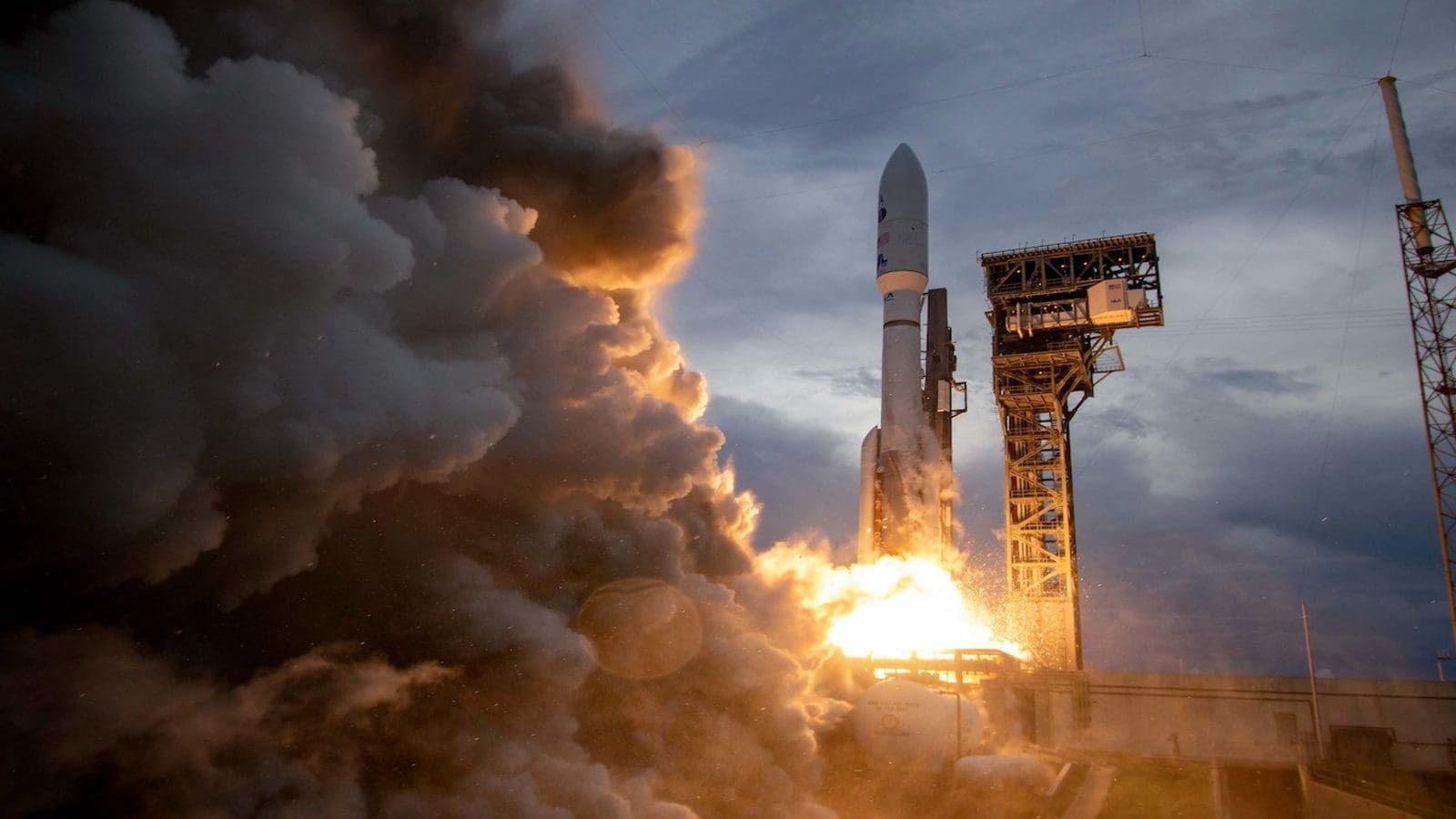US – The International Atomic Energy Agency (IAEA) and the Food and Agriculture Organization of the United Nations (FAO) are heading a project that seeks to develop new crops that can endure the ravages of climate change.
In a bid to achieve the mission of the project, batches of seeds have been sent to space and are en route to the International Space Station to help create new strains of agricultural plants resistant to climate change.
Seeds of arabidopsis, a plant commonly used in genetic experiments due to its unique features, and sorghum, a nutrient-packed grain used for food, animal feed, and ethanol, are on their way to the orbital outpost aboard the uncrewed Cygnus cargo vehicle, which lifted off from NASA’s Wallops Flight Facility in Virginia to be used in the experiment.
The Cygnus is expected to arrive at the orbiting lab today, provided it’s able to overcome the glitch that has prevented the freighter from deploying one of its two solar arrays.
For three months, the seeds will be exposed inside and outside the International Space Station to conditions prevailing in space, primarily microgravity, cosmic radiation, and very low temperatures.
The scientist said they choose to experiment with space because the types of conditions the seed is to be exposed to can’t be replicated in a laboratory on Earth.
The goal of the experiment is to induce genetic mutations that could make the plants more resilient to climate fluctuations resulting from climate change, the International Atomic Energy Agency (IAEA), which together with the United Nations’ Food and Agriculture Organization oversees the experiment, said in a statement.
After returning to Earth, scientists at the Joint FAO/IAEA Centre of Nuclear Techniques in Food and Agriculture will grow and screen them for valuable traits to understand space-induced mutations of plant seeds better.
The best-performing seeds will then be put through several rounds of breeding to maximize desirable features, including the ability to deal with climate-related challenges.
IAEA and FAO plan to distribute the new crop varieties to farmers in developing countries who are hit hardest by the unpredictable weather fluctuations that climate change causes and intensifies.
This technique of creating new breeds of agricultural plants via off-Earth experiments is known as space mutagenesis and has mostly been used in China.
The space station experiment is the first of its kind for the IAEA, which has for many decades been developing a similar technique, known as nuclear mutagenesis that uses short bursts of high-energy radiation in ground-based labs to induce similar changes in DNA.
“I am hopeful this experiment will bring about breakthroughs: results that we share freely with scientists and new crops that help farmers adapt to climate change and boost food supplies,” IAEA Director General Rafael Mariano Grossi said in a statement.
FAO and IAEA have previously developed over 3,400 crop varieties using nuclear mutagenesis, which are now being used by farmers across 70 countries.
According to the Special Report on Climate Change and Land by the Intergovernmental Panel on Climate Change, the stability of the world’s food supply will decrease in the future.
At COP27, which is ongoing in Egypt, the IAEA and the FAO will organize an event on November 15 to highlight how joint energy, food, and water resource planning and management can contribute to climate-resilient development.
For all the latest food industry news from Africa and the World, subscribe to our NEWSLETTER, and YouTube page, follow us on Twitter and LinkedIn, and like us on Facebook.











